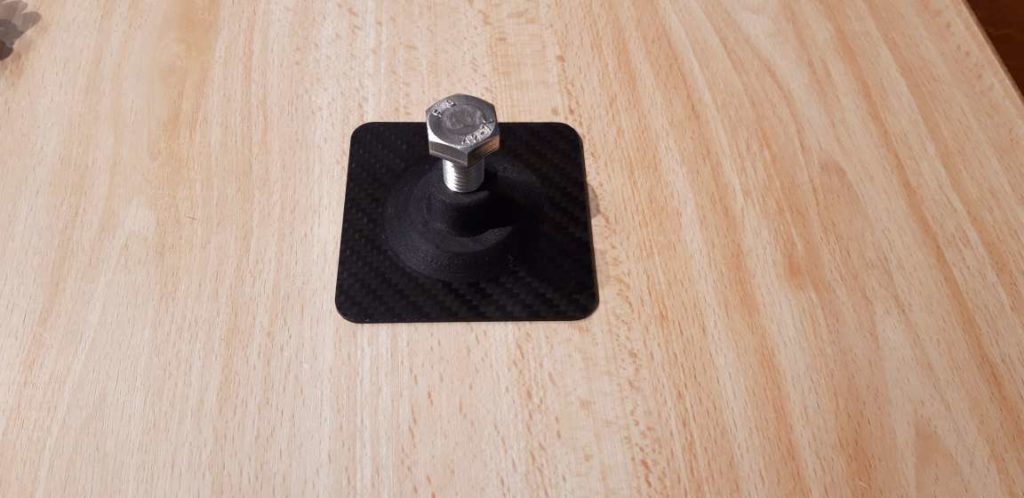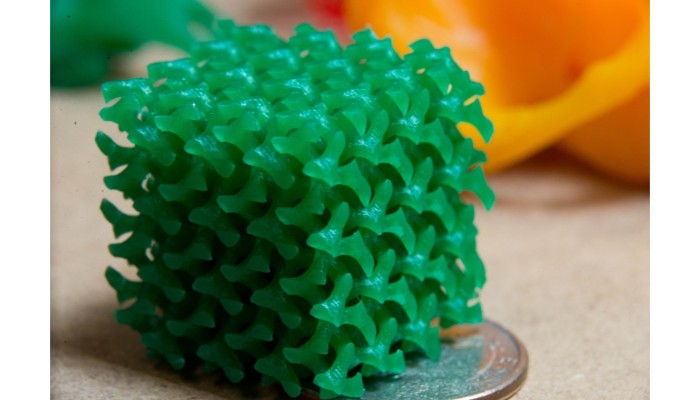For a first conference, we couldn’t have hoped for better. 7 speakers took the floor and presented the use of polymers in current manufacturing processes, while revealing the reality of their market; a market that we would simply describe as emerging and promising.
These speakers include Jac Gofers, CEO & founder from Promolding & PI3D, Vincenzo Renda from Cecimo, Kris Binon from Flam3D, Thiago Medeiros Araujo from Lehmann & Voss & Co, Kris Verelst from Ricoh, Bruno Alexandre Pereira da Silva from PIEP and Yves Jamers from HP.
A nascent market
As it was many times proved, the first examples that show the principle of additive manufacturing can be observed in our daily environment. In nature, in a dish of cooked lasagna, or even in construction, we find the principle of layers.

The application of this principle to additive manufacturing has raised many questions regarding time, flexibility and quantity. The technology has maybe been used for decades, but we remain in an environment where these issues still need to be addressed and framed, hence the importance of standards.
Standardization: “we don’t yet know which technology will prevail”
Vincenzo Renda, Innovation Policy Officer at CECIMO, depicted a market that currently acknowledges 7 types of additive manufacturing technologies: VAT Photopolymerization, Material Jetting, Binder Jetting, Material Extrusion, Powder Bed Fusion, Sheet Lamination and Directed Energy Deposition.
Furthermore, for Vincenzo, “we don’t yet know which technology will prevail”. It might look like a real race in which manufacturers are involved. The good news is, even though there are still several areas that require standardization, there is a desire to unify standards.
For example, ASTM and ISO Additive Manufacturing Committees Approve Joint Standards Under Partner Standards Developing Organization Agreement. Such type of agreement fosters the inclusion and the collaboration with other standardizing bodies that respond to clear market needs.
However, despite the overall growth of the AM industry, Vincenzo underlines a crucial issue: the lack of skills. This creates a need for training within the industry, which it would be interesting to certify in order to facilitate the integration of candidates into the market.
A promising market
Simply put, Wohlers’ 2018 annual report shows an amount of $1.5 million generated for polymer powder bed melting sales, the highest level ever. This increase is mainly due to polymer materials.
Lehmann & Voss & Co and PIEP for instance, showcased interesting case studies that demonstrated the potential of polymer materials. For Thiago M. Ajuro from Lehman & Voss & Co. and Bruno da Silva, the key of this success lies in the manufacture of tailor-made polymer materials to ensure the technical performance of 3D printed parts.
Thiago also laid emphasis on the importance of hybrid manufacturing techniques – i.e. the combination of additive and conventional manufacturing technologies – to meet the stringent requirements of the industry.

However, it should be noted that despite the willingness to combine both types of technologies, service providers still make a significant use of plastic injection moulding techniques. PIEP & P3D showcased use cases that highlighted this point. Anyway, one thing is certain, there is currently a prevailing use of polymers in injection moulding techniques.
Major milestones for companies
It is hard to not mention market opportunities without mentioning the major milestones that companies recently achieved. During the conference, Yves Jamers, Sales Manager of the 3D printing unit at HP, launched the Jet Fusion 5200 3D printing solution in Belgium.
The new solution includes new data intelligence, software, and services capabilities, including the HP 3D Process Control and HP 3D Center software offerings and the HP 3D Parts Assessment service. The new range of features aims to enable customers to identify and optimize production of new 3D applications.
After being a distributor, Ricoh is unveiling now a new positioning on the market, the one of manufacturer. The official launch of its first 3D Printing system will be announced very soon.
You can now post free of charge job opportunities in the AM Industry on 3D ADEPT Media. For further information about 3D Printing, follow us on our social networks and subscribe to our newsletter! Would you like to be featured in the next issue of our digital magazine? Send us an email at contact@3dadept.com






